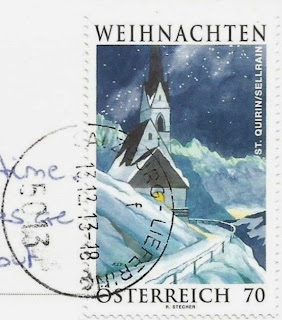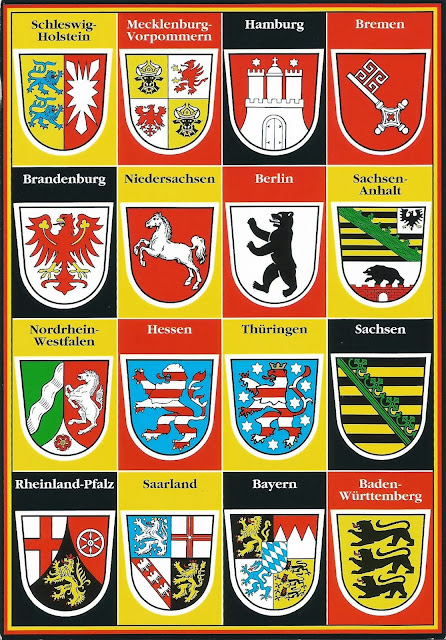http://whc.unesco.org/en/list/662
Located in the interior of Yaku Island, at the meeting-point of the palaearctic and oriental biotic regions, Yakushima exhibits a rich flora, with some 1,900 species and subspecies, including ancient specimens of the sugi (Japanese cedar). It also contains a remnant of a warm-temperate ancient forest that is unique in this region.
Of great significance to the area is the presence of indigenous Japanese cedar, known colloquially as 'sugi'. Sugi can reach more than 1,000 years of age on stable sites under the climate of the island: specimens younger than 1,000 years are known as 'Kosugi'; older specimens, which may reach 3,000 years, are known as 'Yakusugi' and are found between 600 m and 1,800 m.
Traditionally, the Island Mountains have been considered to have a spiritual value and the 'Yakusugi' were revered as sacred trees.
Yakushima occupies a strategic situation on the boundary between the Holoarctic and Palaeotropic biogeographic regions, and much of its conservation value is reflected in the 200 plant species which have the southern limit of their natural distribution on the island. The altitudinal continuum of the forests across some 2,000 m is considered to be not only the best in the Japanese archipelago, but the best remaining in East Asia. Ancient yakusugi trees are of prime conservation value to the island.
Sender: minami23, Sent on: 2 Dec, 2013, Received on: 16 Dec, 2013, Travel time: 14 days




































.jpg)
+pul.jpg)
.jpg)
+pul.jpg)










